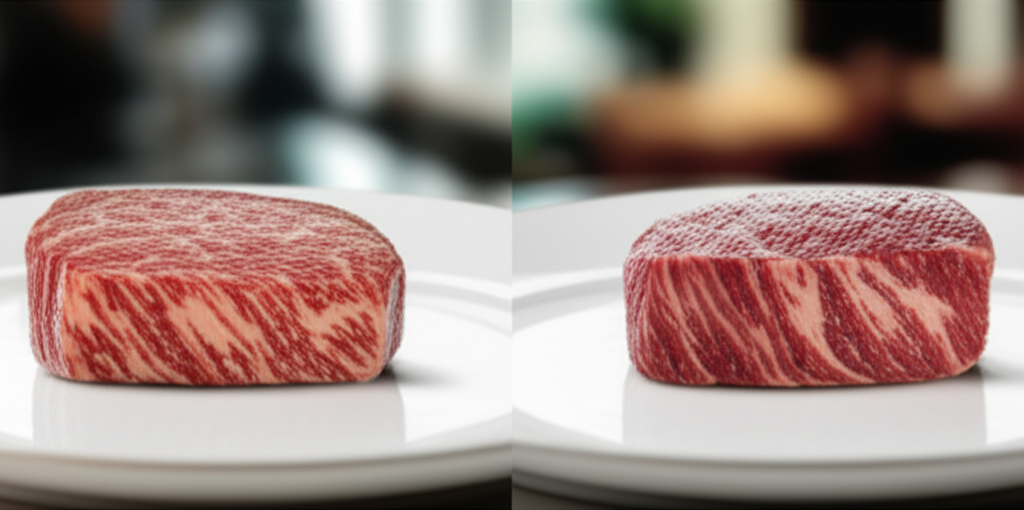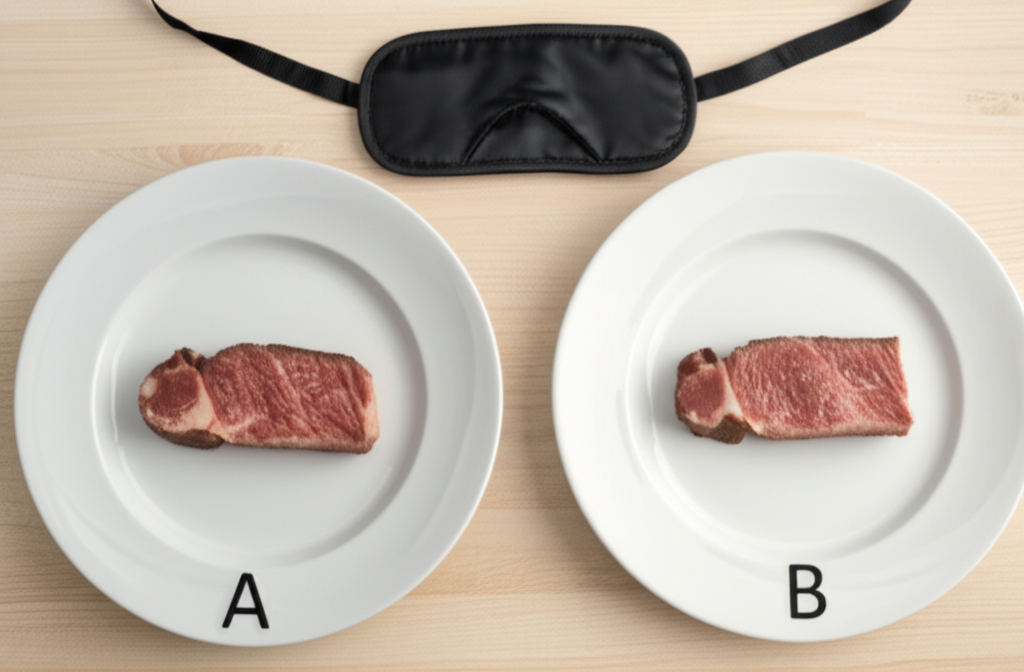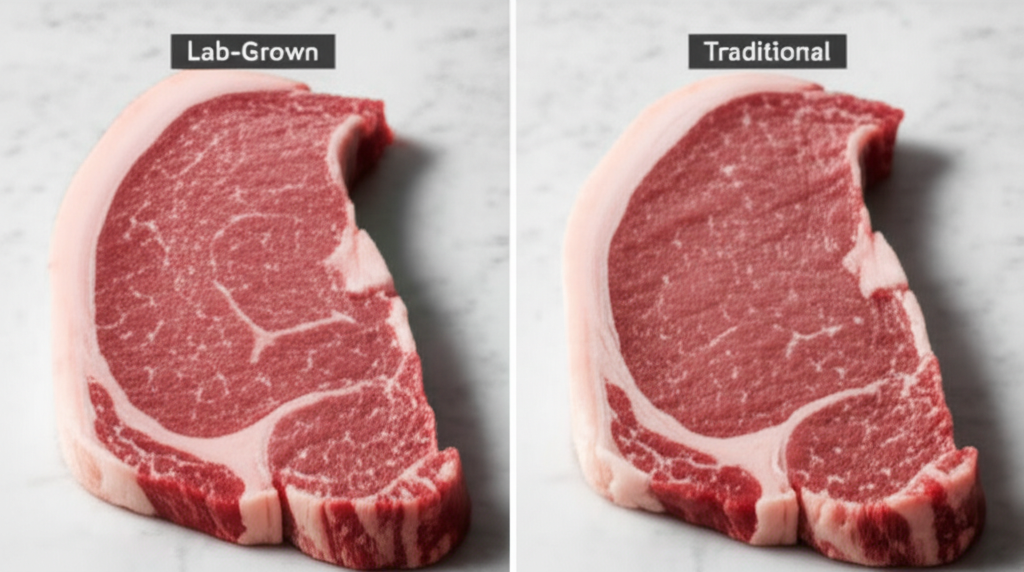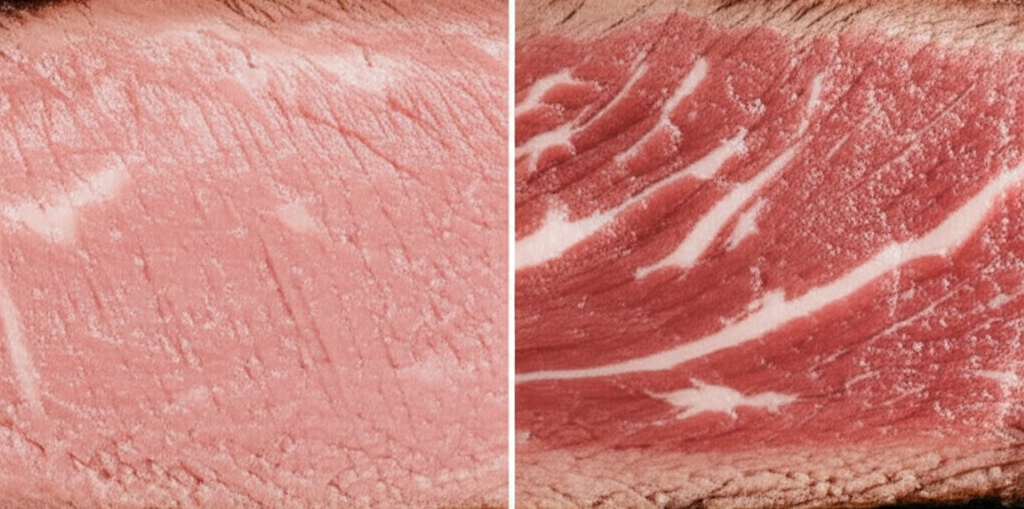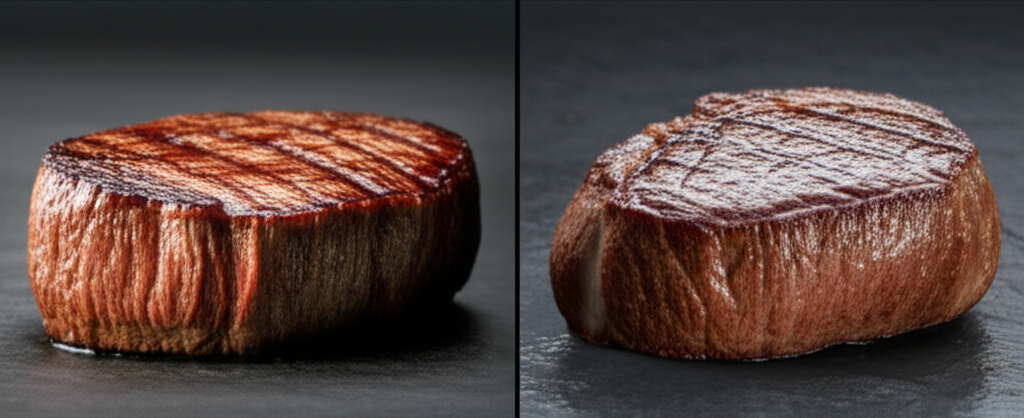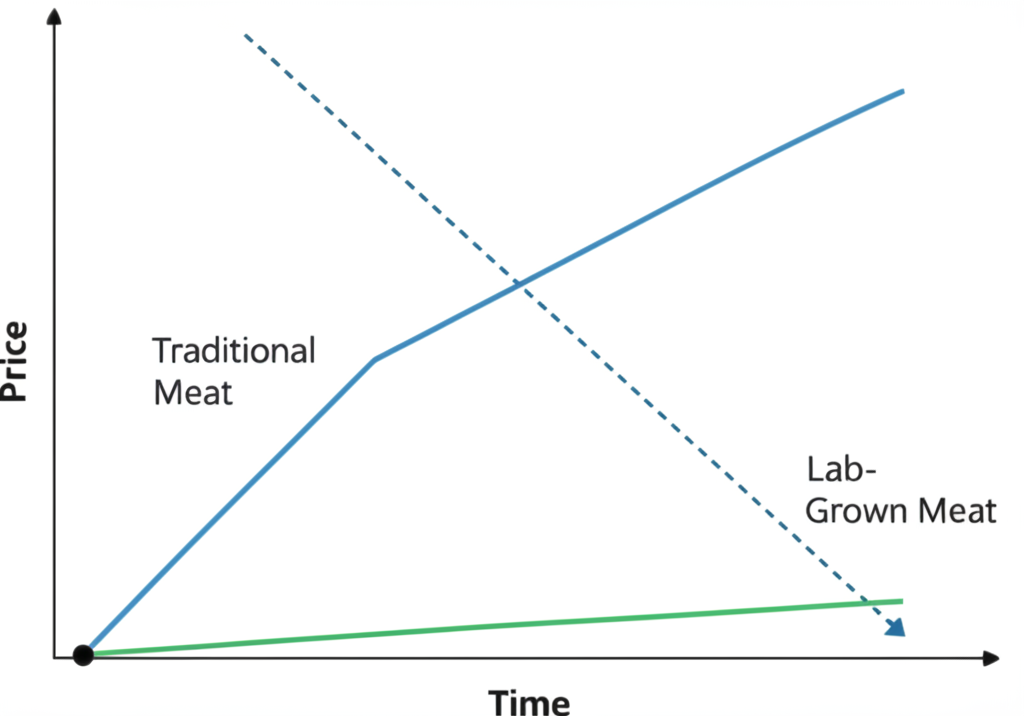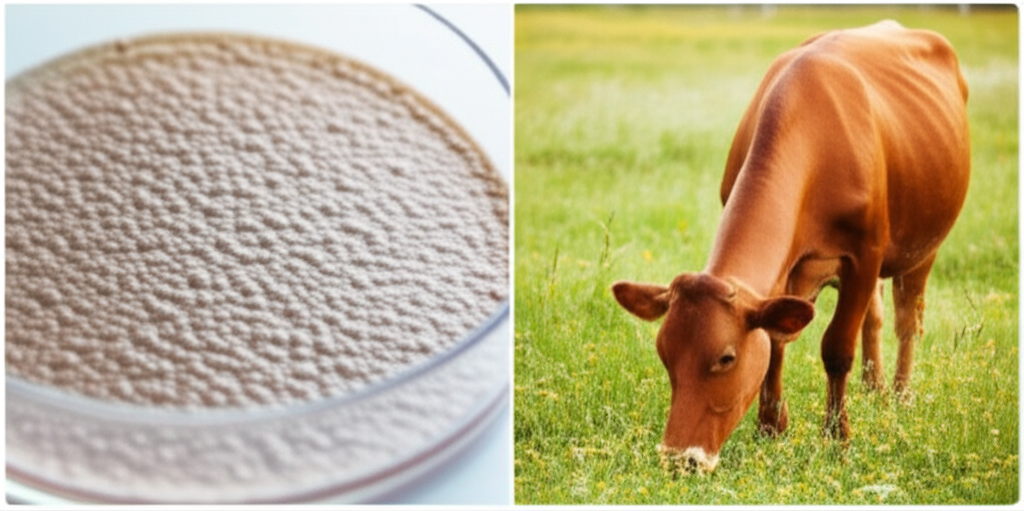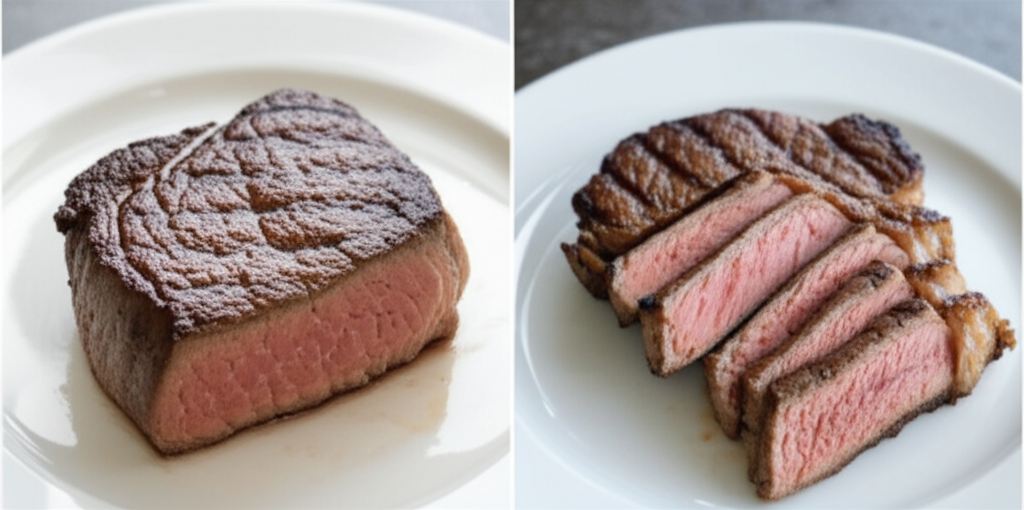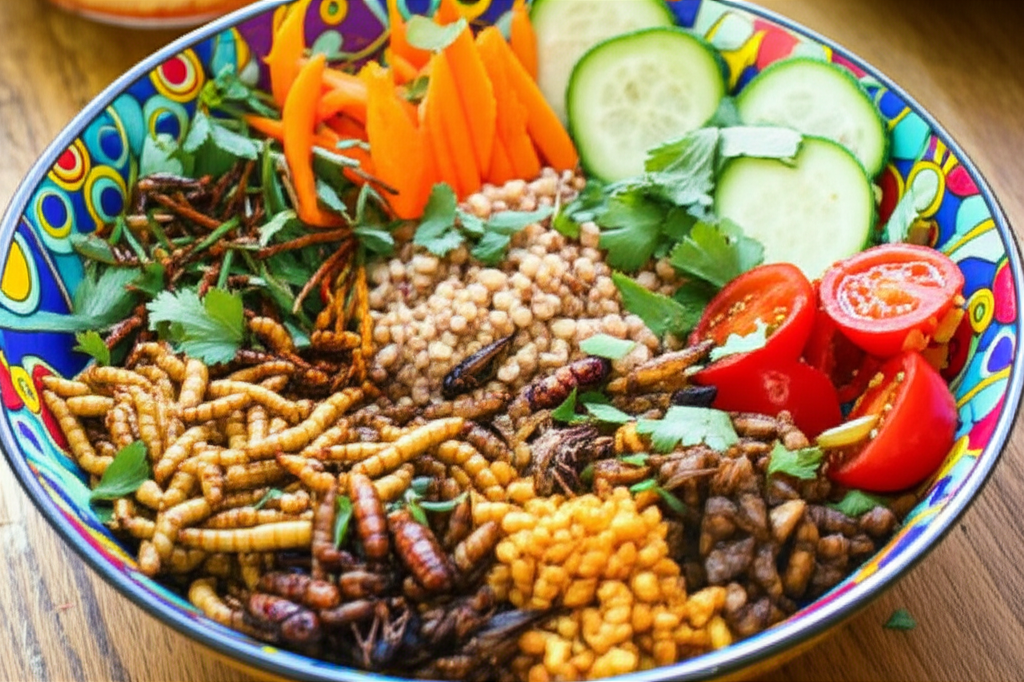Juiciness and Moisture Content: A Key Differentiator?
One of the most crucial aspects of a satisfying steak experience is its juiciness. This isn't solely about water content; it's the interplay of water retention, fat distribution, and the structural integrity of the muscle fibers. Traditional beef achieves its characteristic juiciness through a complex process involving intramuscular fat, connective tissue, and the natural aging process.
Cultivated meat, on the other hand, presents a unique challenge in replicating this natural juiciness. While the cell-based manufacturing process allows for control over fat content, mimicking the intricate marbling found in conventionally raised cattle remains a significant hurdle. The lack of connective tissue, a natural moisture retainer, can also affect the final product's moisture retention capacity.
Early cultivated meat products often faced criticisms regarding dryness. However, technological advancements are rapidly addressing this issue. Companies are focusing on improving the fat distribution within the cultured meat structure, introducing novel scaffolding techniques to mimic the natural muscle fiber arrangement, and optimizing the cell culture media to enhance water retention.
The impact of cooking methods also plays a significant role. Overcooking can easily dry out both cultivated and traditional steaks, masking subtle differences in initial moisture content. Careful temperature control and cooking techniques, such as reverse searing, are crucial for maximizing juiciness in both types of meat.
In blind taste tests, the difference in juiciness can be subtle but noticeable. Some panelists might report a slightly drier texture in cultivated meats, while others find the difference negligible, particularly with newer, higher-quality products. Further research and refinements in the production process promise to continue closing this gap.
Ultimately, while achieving perfect parity in juiciness with traditional beef remains a work in progress, the ongoing advancements in cultivated meat production are steadily making this a less significant point of differentiation.
